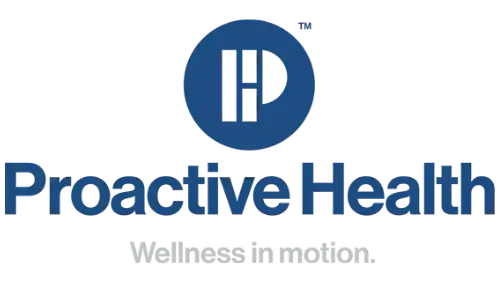Ever walk into the gym and realize your body feels completely different than it did a few days ago—even if the workout’s the same? That’s where RPE comes in. Understanding Rate of Perceived Exertion (RPE) is one of the smartest ways to train. It helps you adjust your intensity, avoid injury, and get the most out of your workouts based on how your body actually feels—not just what the numbers say.
At Proactive Health, we see a lot of injuries that could’ve been prevented if people listened to their bodies better. RPE is one of the most powerful tools for doing just that. Whether you’re lifting weights, running, or rehabbing from an injury, understanding RPE gives you a personalized way to measure effort—and progress safely.
Understanding RPE: What It Is and Why It Matters
RPE stands for Rate of Perceived Exertion. In simple terms, it’s a way to measure how hard you’re working during exercise based on how you feel. Unlike heart rate monitors or rep counts, RPE relies on your own perception of effort.
Most people use a scale from 1 to 10:
- 1 = very light effort (you’re barely moving)
- 5 = moderate intensity (you’re working but can still talk)
- 10 = absolute max effort (you can’t go any harder)
This scale can be applied to nearly any form of exercise—from lifting weights to cardio to physical therapy movements. It’s simple but surprisingly effective at helping you adjust your training based on daily fluctuations like sleep, nutrition, soreness, and stress.
The Anatomy of Effort: Why Perceived Exertion Can Fluctuate
Your muscles, nervous system, and cardiovascular system all play a role in how hard exercise feels. Some days, your body is primed for performance. Other days, fatigue, poor recovery, or stress can make everything feel heavier—even if you’re doing the exact same workout.
That’s what makes RPE such a valuable tool. It accounts for all the invisible factors affecting your performance. By training with RPE in mind, you’re working with your body instead of against it. And for athletes recovering from injury, that distinction is crucial.
Common Causes of Misjudged Effort (and How RPE Helps)
Here’s where a lot of people get tripped up—they rely too heavily on external cues like reps, time, or weight, and ignore internal cues.
Misjudging effort can lead to:
- Overtraining and burnout
- Increased risk of injury
- Plateaus in strength and performance
- Re-injury during recovery
RPE helps address common issues caused by:
1. Overuse Injuries
Training at a 9 or 10 every day leaves no room for recovery. RPE encourages more balanced training—especially important for joints and connective tissues.
2. Structural Imbalances
Weak stabilizers or imbalanced mechanics can make certain movements feel harder. RPE helps spot and accommodate those imbalances before they become injuries.
3. Medical Conditions
Arthritis, tendinitis, or chronic fatigue affect how the body responds to stress. Adjusting based on RPE can reduce flare-ups and improve long-term function.
4. Lifestyle Factors
Poor sleep, dehydration, and stress can all spike your perceived effort. You might still be able to train—but RPE helps you scale intensity appropriately.
5. Neurological Factors
Your central nervous system (CNS) plays a huge role in perceived exertion. If your CNS is taxed, even light loads can feel heavy.
Diagnosing Training Intensity: RPE vs. Other Metrics
How do you know if you’re working hard enough, but not too hard? That’s where RPE becomes your best training partner.
Unlike strict rep/set plans or heart rate targets, RPE is dynamic and adaptable.
Here’s how to think about it:
- Self-Assessment: Ask, “How hard was that set, really?”
- Reps in Reserve (RIR): Tie RPE to how many reps you had left. For example, if you stop a set with 2 reps left in the tank, that’s RPE 8.
- Look for Red Flags: Pain during a set? Extreme fatigue afterward? These may signal you’re pushing past your current capacity.
When to Get Professional Help
If your workouts feel like RPE 9–10 all the time—or if you’re in pain during movements—it’s time to pause. That could indicate deeper issues like a muscle imbalance, joint dysfunction, or injury that needs proper diagnosis.
At Proactive Health, we offer movement evaluations, physical therapy, and sports performance assessments to help you train smarter, not harder.
Treatment Options for Training-Related Pain
If you’ve overreached or pushed too hard without RPE awareness, here’s how to reset.
Home Remedies
- Rest and Active Recovery: Light movement helps restore circulation without adding stress.
- Ice and Compression: Useful for acute soreness or swelling.
- Mobility Work: Gentle stretching and foam rolling can help release tension.
Physical Therapy
This is where we come in. If training is causing chronic joint pain, recurring tendon issues, or nerve symptoms, a physical therapist can:
- Identify the root cause
- Rebuild strength safely
- Help reintroduce exercise with appropriate RPE ranges
Medical Interventions
In more severe cases, such as labral tears, rotator cuff strains, or disc injuries, you may need imaging and orthopedic care. Our team at Proactive Health is trained to diagnose and treat these issues with a combination of rehab, injections, or minimally invasive procedures.
Prevention: Training Smart with RPE
The best treatment is always prevention—and RPE helps you avoid most preventable injuries.
Tips to Integrate RPE Into Your Routine
- Use a Journal: Track your RPE along with your sets/reps/weights. Patterns will emerge.
- Aim for Variety: Not every session should be a 9 or 10. Mix low, moderate, and high RPE days.
- Warm Up With Intent: Use warm-ups to gauge how your body feels that day.
Strength & Mobility Techniques
Incorporate prehab exercises that improve joint control and balance:
- Scapular retractions
- Glute activation drills
- Tempo squats
- Controlled isometric holds
And always train with form > weight. A set at RPE 8 with good technique beats an ugly RPE 10 every time.
Ready to Train Smarter? Book with Proactive Health
RPE isn’t just for elite athletes—it’s for anyone who wants to move better, train longer, and avoid injury. If you’ve been dealing with nagging pain, plateaus, or you’re just not sure how hard to push anymore, our team can help.
At Proactive Health, we offer personalized assessments, sports rehab, and strength programming built on smart principles like RPE. Whether you’re coming back from an injury or just trying to stay pain-free as you train, we’ll meet you where you are—and help you move forward. Book your assessment today!



